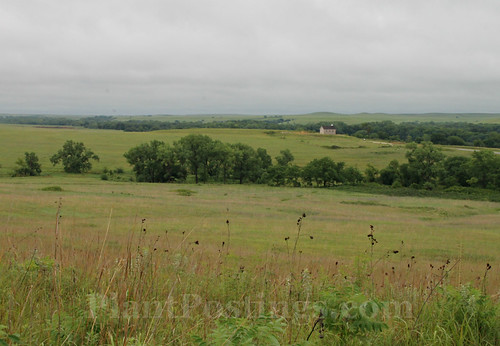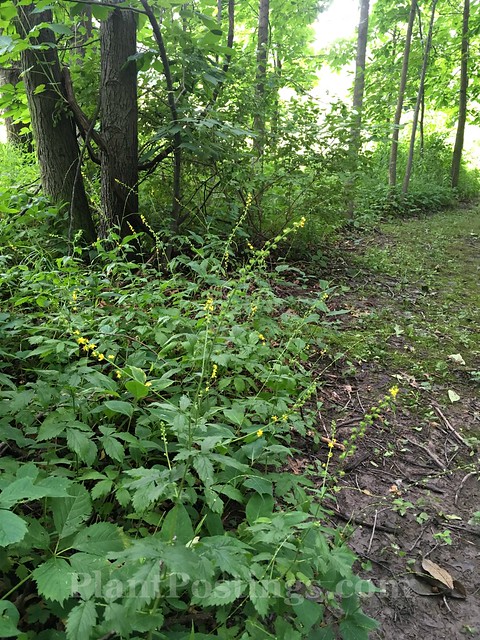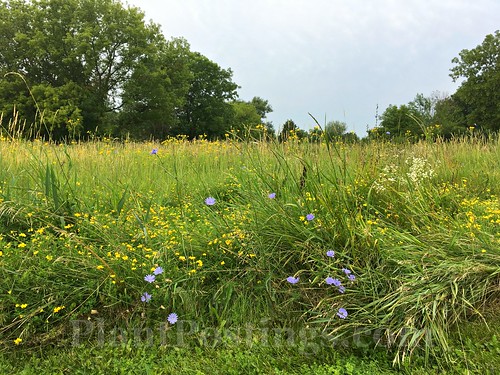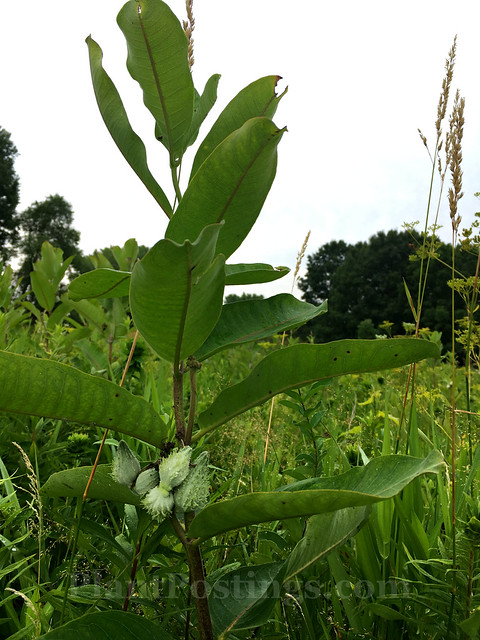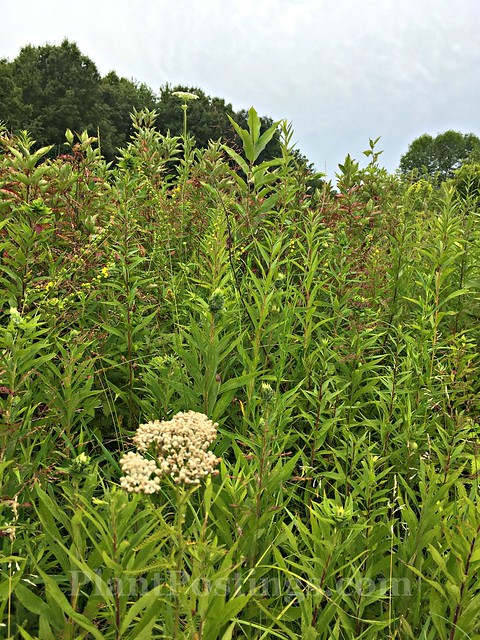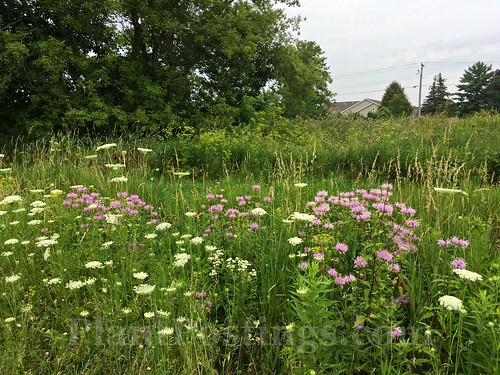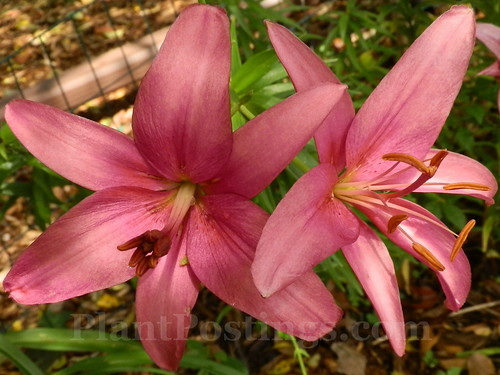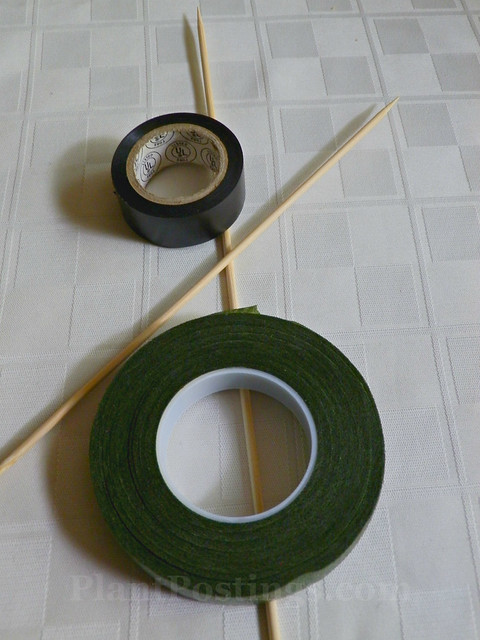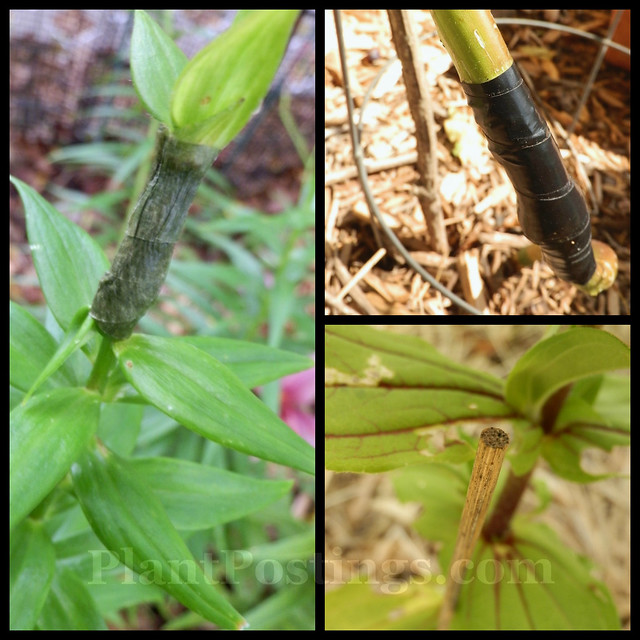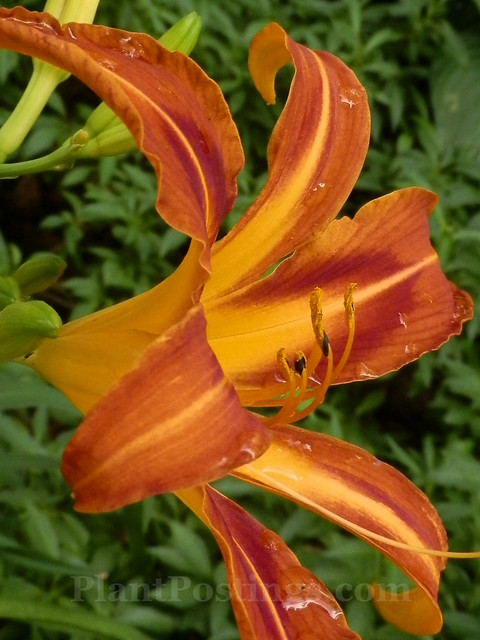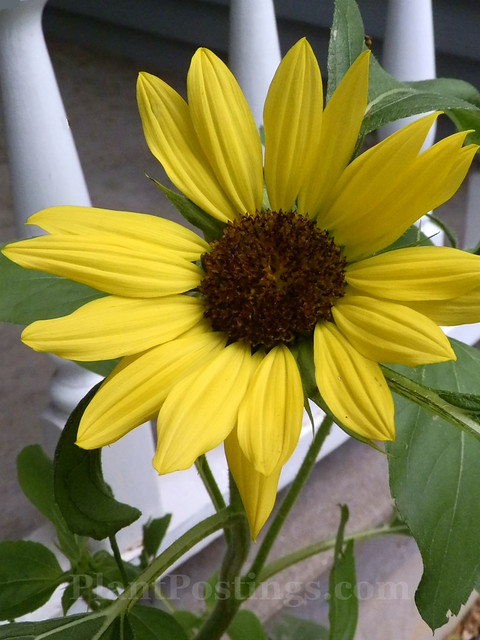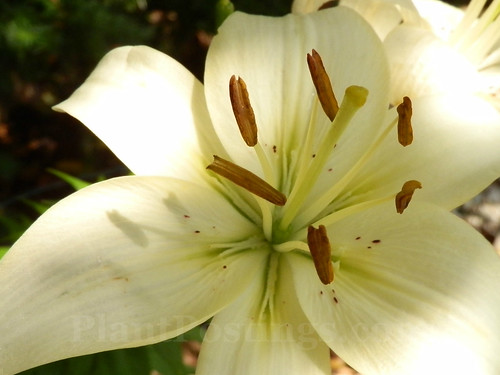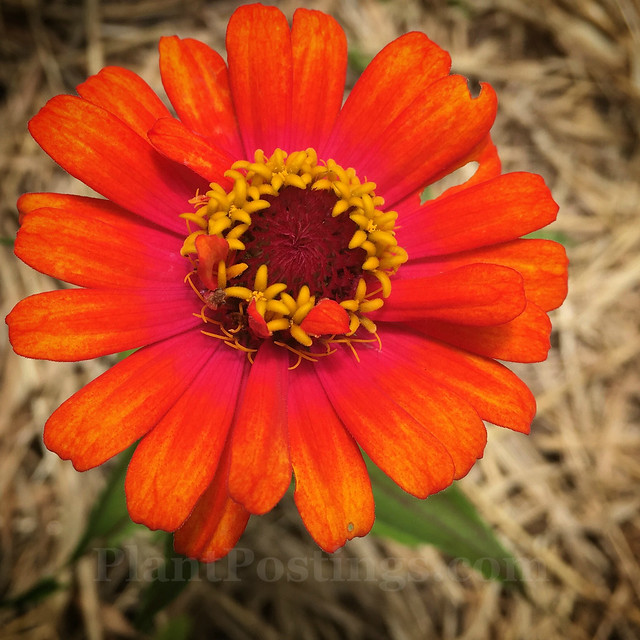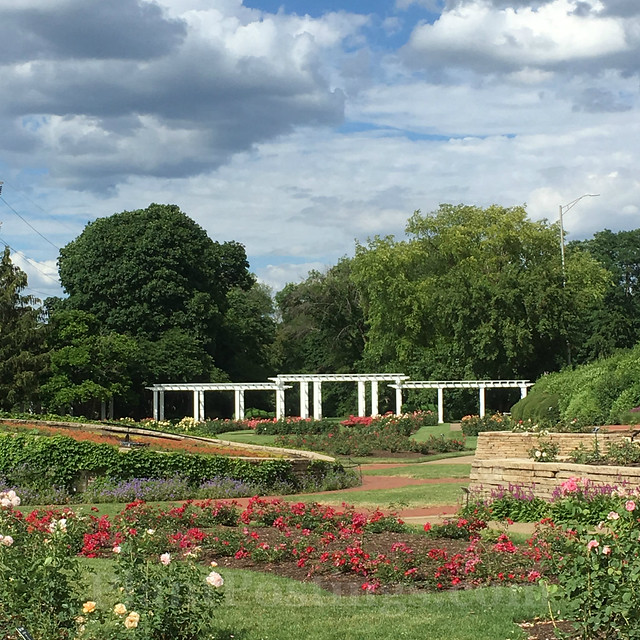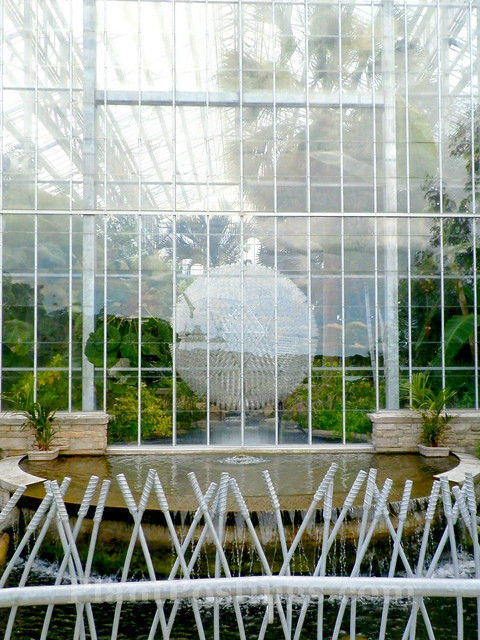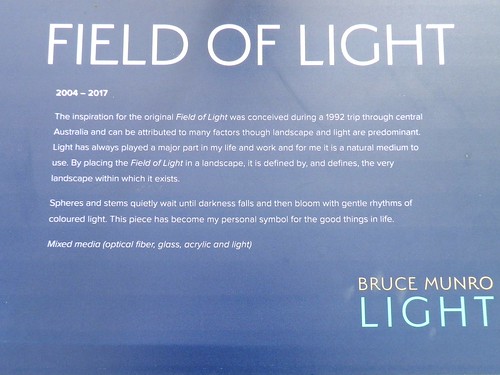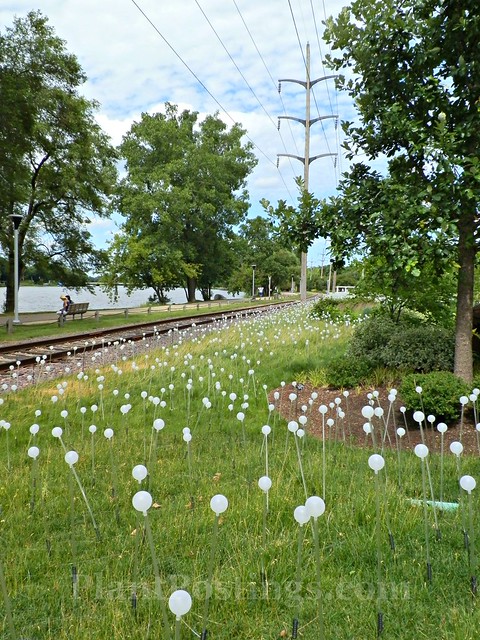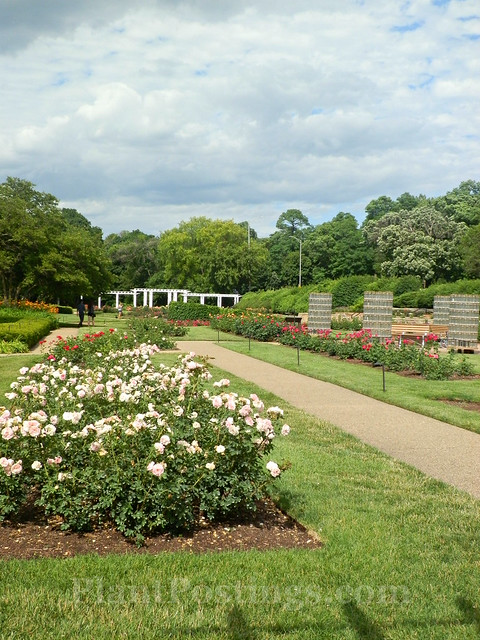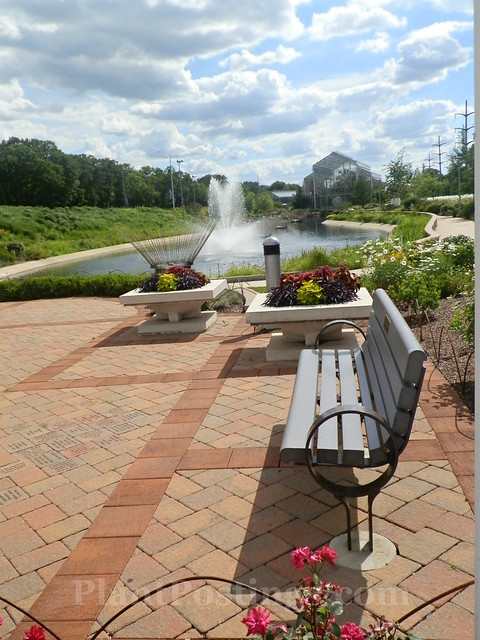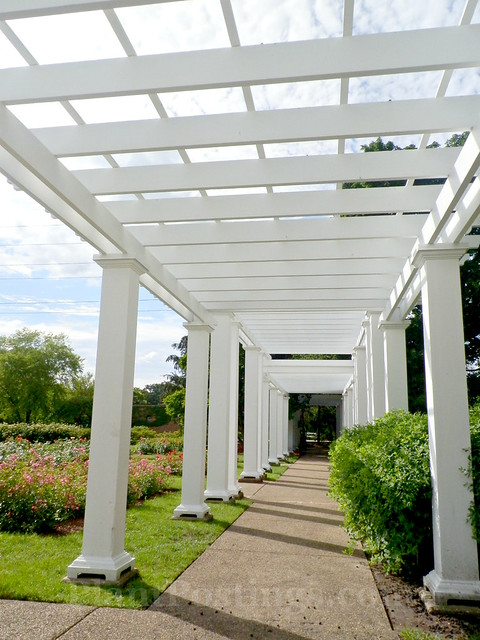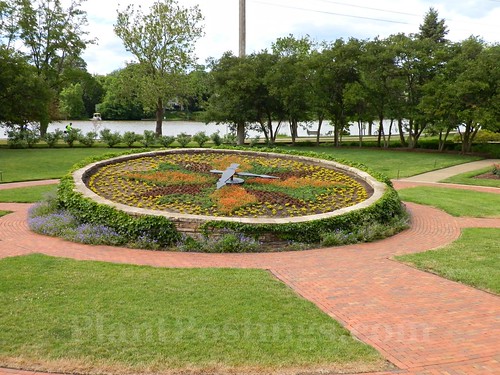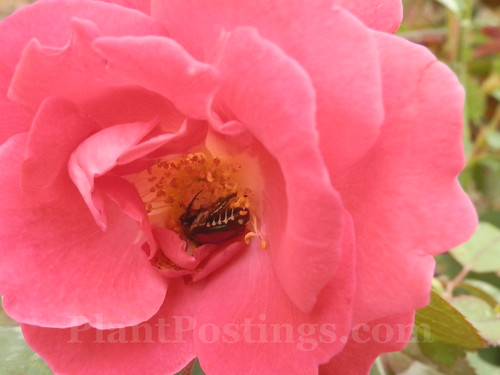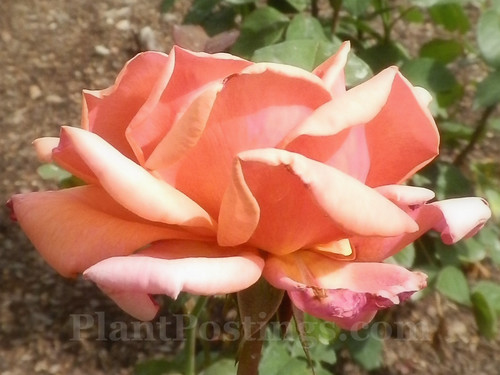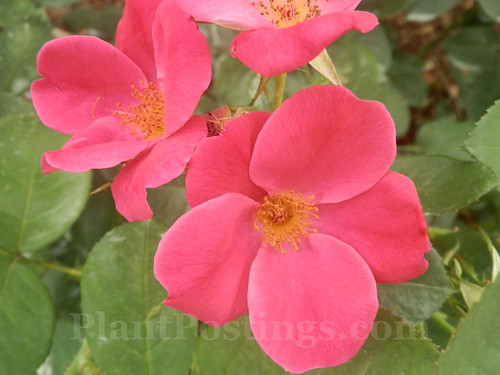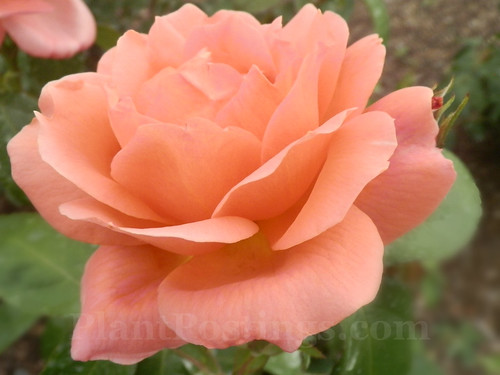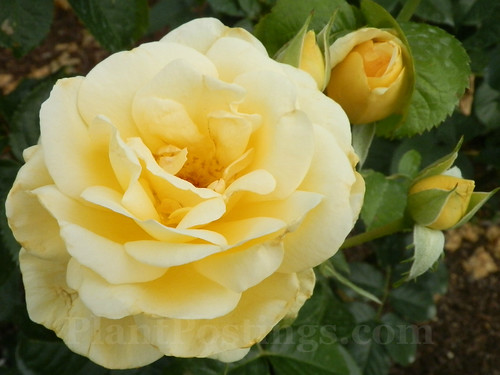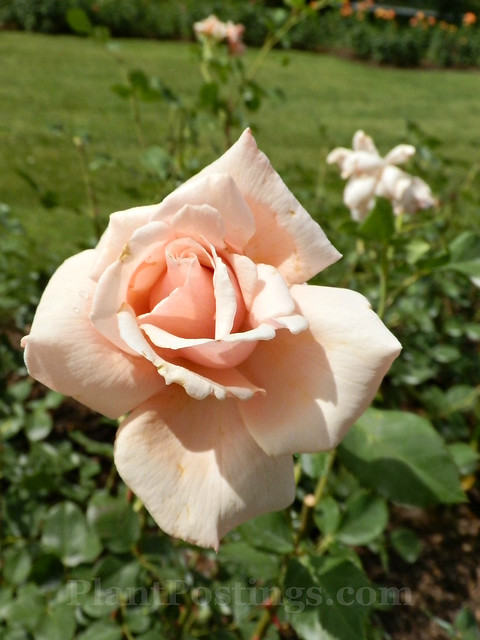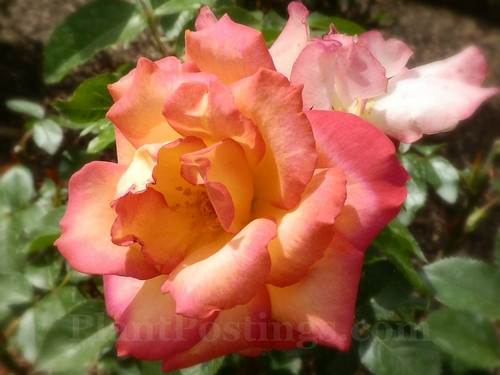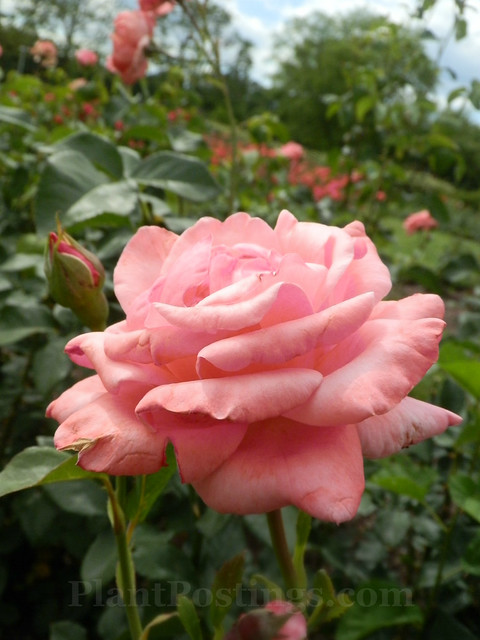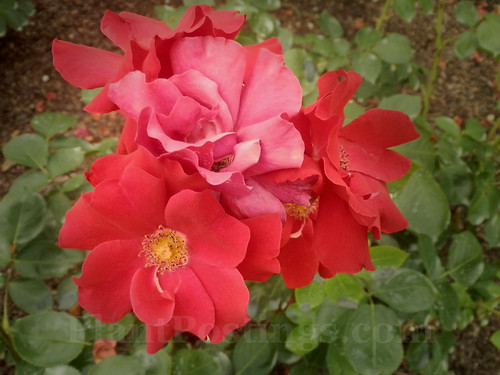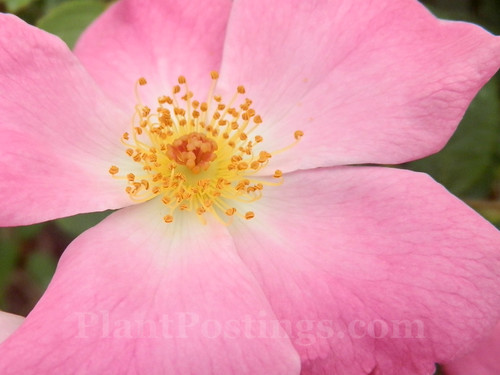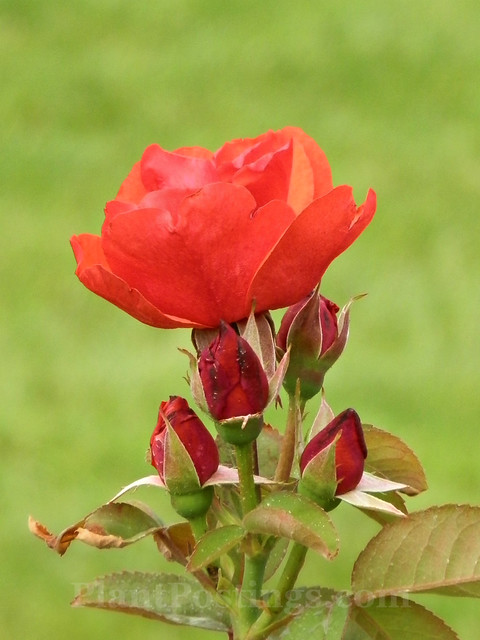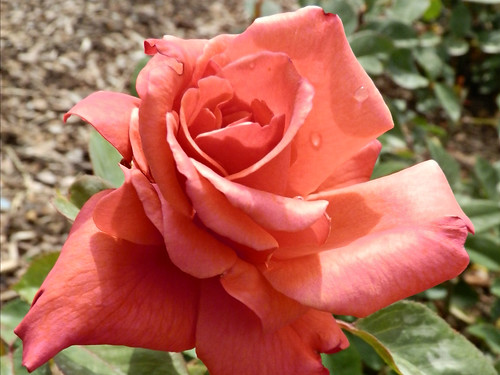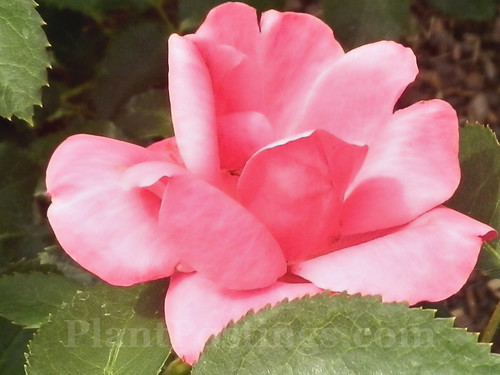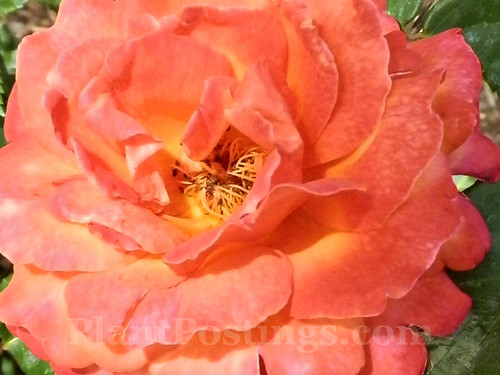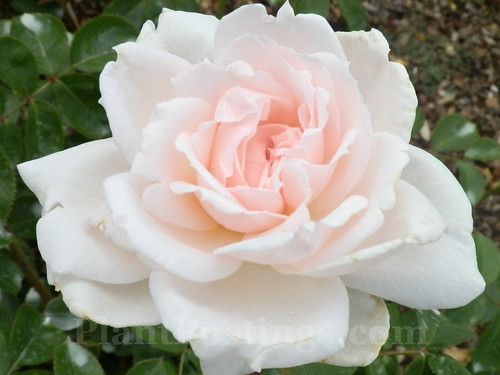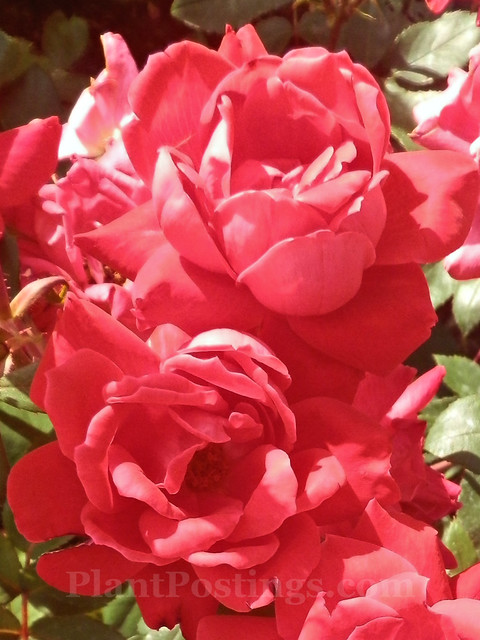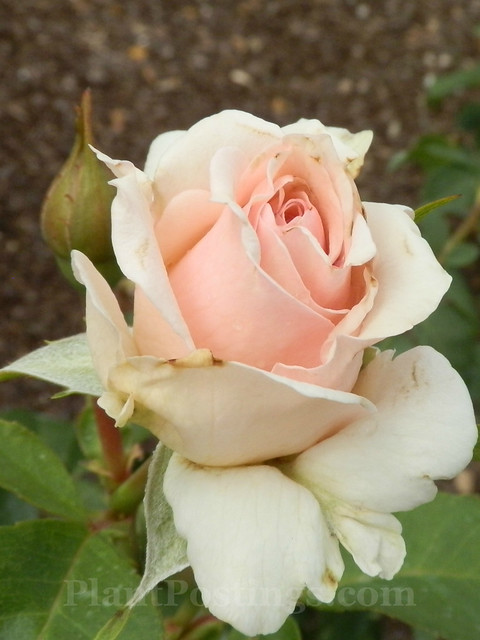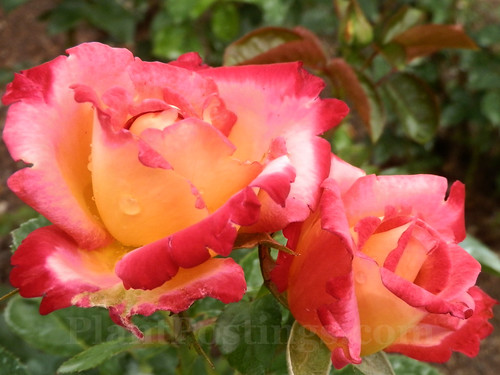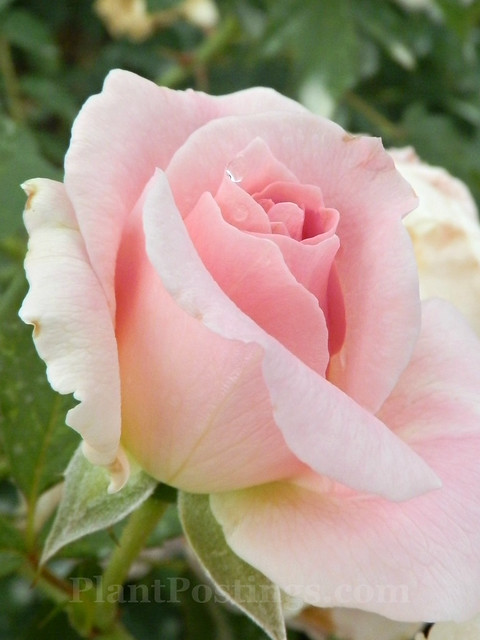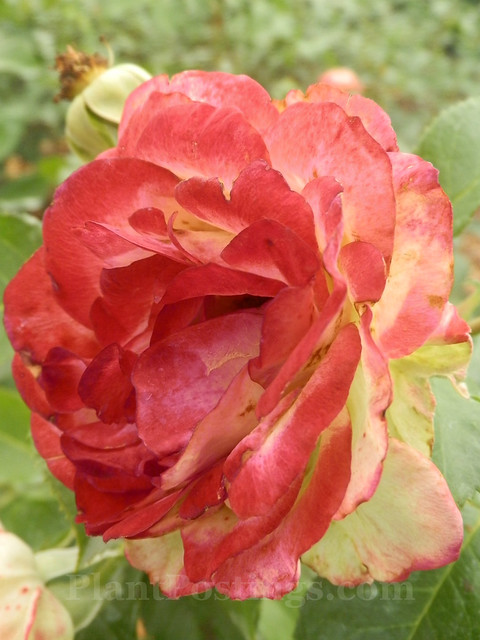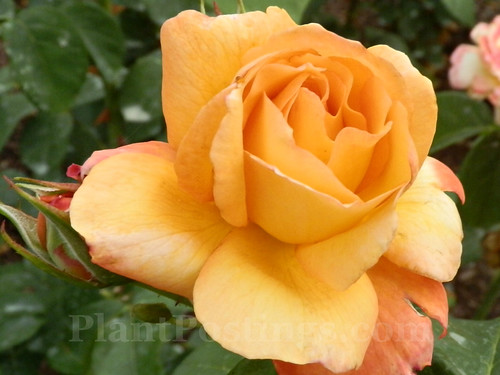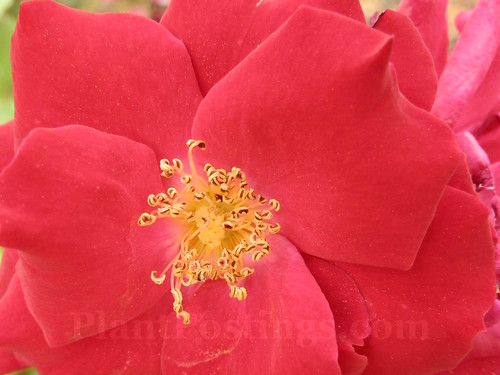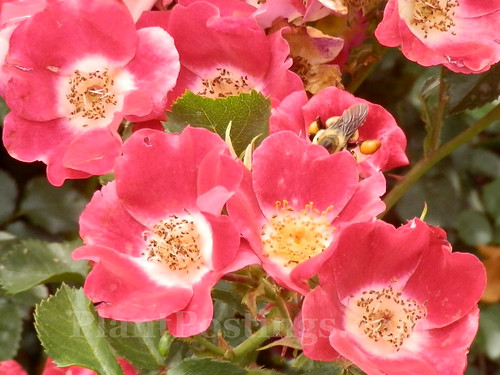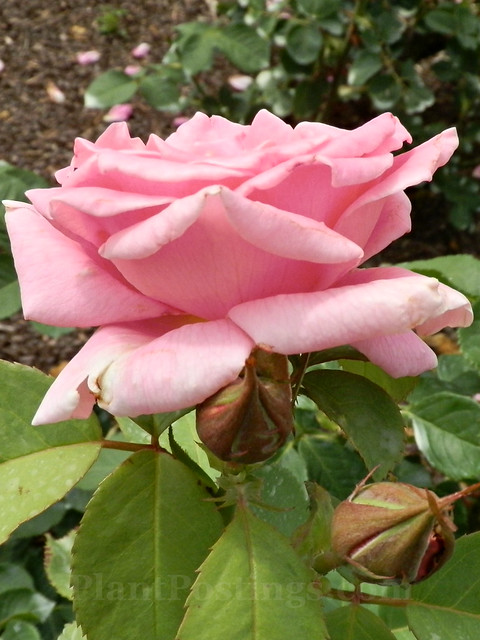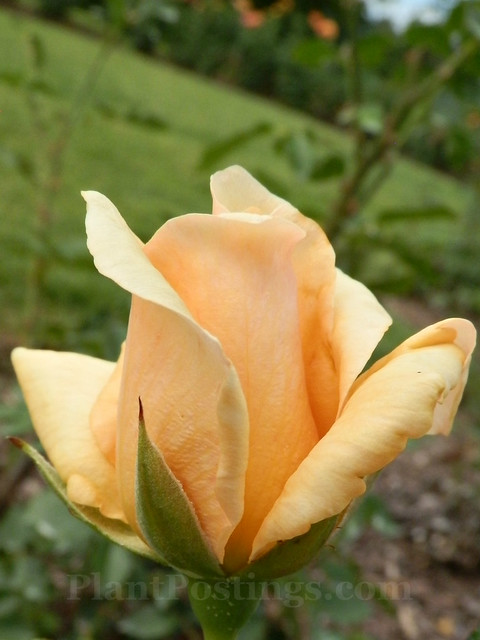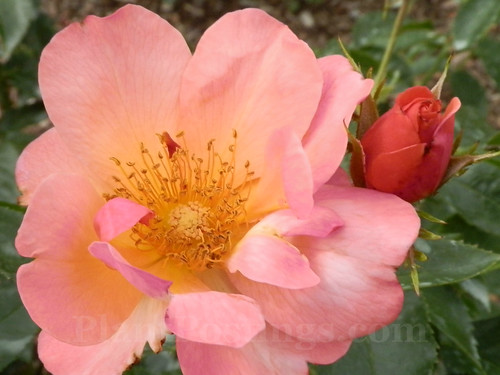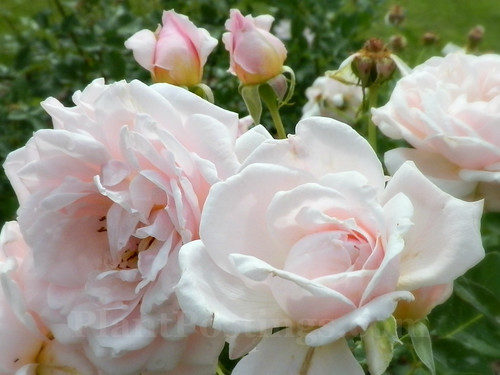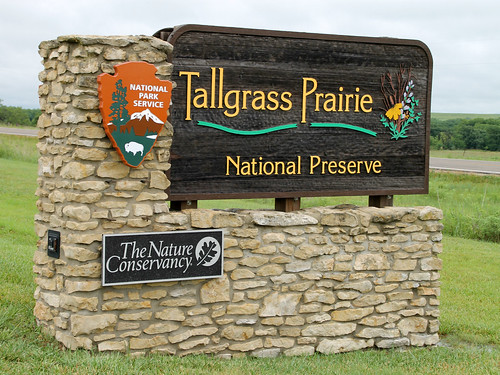
For those who've taken road trips across the U.S., do you take a northern or a southern route? Over the years, we've tended to drive through Iowa and Nebraska on our way to family reunions and gatherings in Colorado and New Mexico. A few times, we've taken the southern route through Illinois, Missouri, Oklahoma, and the panhandle of Texas.
But for some reason, I'd always wanted to drive through Kansas. I'm fascinated by it. It's the middle of the country, in so many ways. I don't know...maybe it stems from watching "The Wizard of Oz" as a kid and wondering what the vast, open prairies of Kansas actually look like (in reality, it was
filmed at MGM Studios in California).
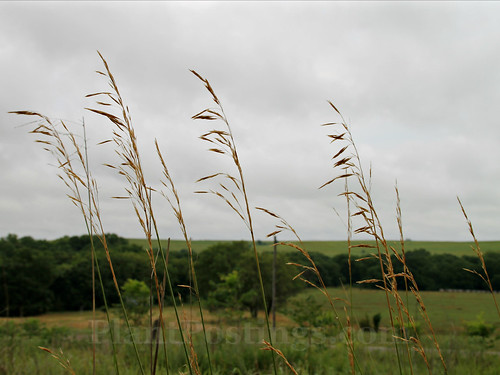
So, I talked the fishman into driving through Kansas on the way to and from our family reunion last summer. After seeing dramatic views at the
Grand Canyon,
Sedona, Ariz.,
Monument Valley,
Durango, Colo., and the
Four Corners area, one might think Kansas would seem ho-hum.
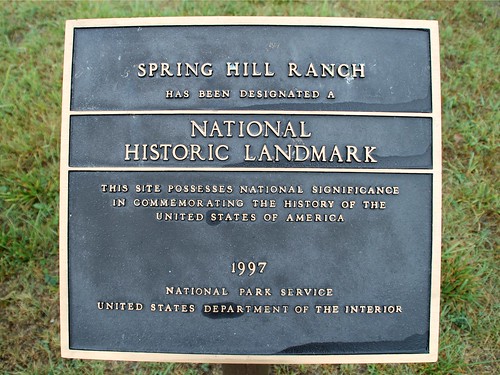
Au contraire--at least for me. While all those destinations were awesome, Kansas was nifty, too. We took a side trip on the way home to stop at the
Tallgrass Prairie National Preserve, which protects a nationally significant 11,000-acre remnant of the once vast tallgrass prairie that covered 170 million acres of North America. Today, less than 4% remains, mostly in the Kansas Flint Hills.
Depending on the source, and the specificity of the data,
the North American tallgrass prairie stretched from Manitoba south through Eastern Oklahoma and parts of Texas, and from Nebraska east through Indiana and parts of Ohio, Kentucky, and Tennesee. This was prime bison country, and to see
a map of where the bison once roamed is mind-boggling. (Sadly, the bison area of the preserve was closed off the day we were there, although I've seen bison in other locations.)
Of course, my first priority was to study
the prairie plants at the preserve. Since Southern Wisconsin includes Oak Savanna and Prairie plant communities, most of the plants at the preserve also are native and commonly found here. What I didn't expect was the smaller size of these plants in Kansas--likely due to somewhat lower precipitation levels,
difficult soil conditions (rock and clay), and a harsher, more windy habitat than in my area.
It's a testament to their toughness, though, that these plants survive and thrive in the severe, open prairie habitat.
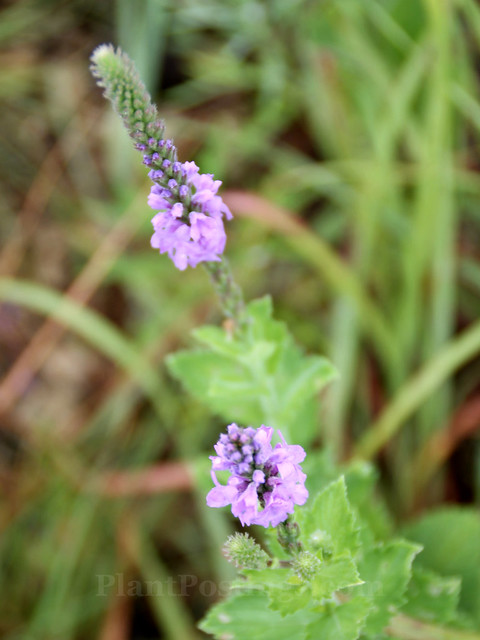 |
| Hoary Vervain (Verbena stricta) |
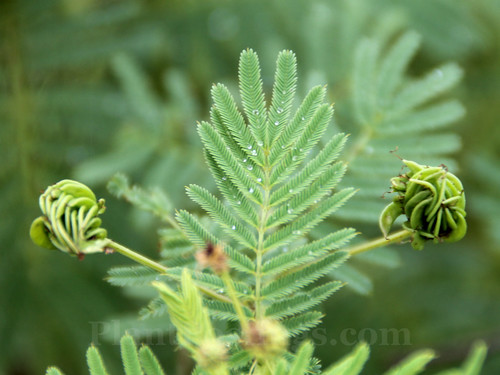 |
| Illinois Bundleflower (Desmanthus illinoensis) |
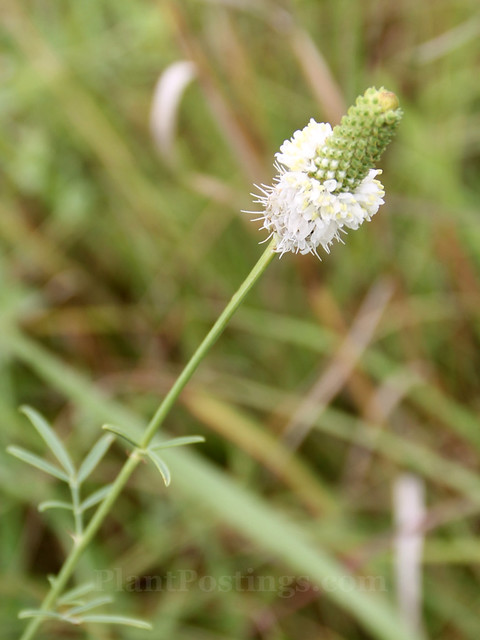 |
| White Prairie Clover (Dalea candida) |
 |
| Wavyleaf Thistle (Cirsium undulatum) |
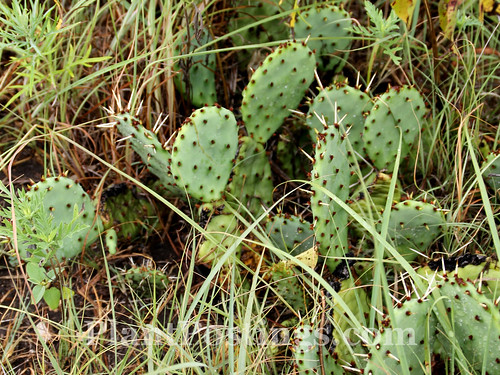 |
| Common Prickly Pear Cactus (Opuntia humifusa) |
 |
| Butterfly Weed (Asclepias tuberosa) |
|
|
Leadplant (Amorpha canescens) and Butterfly Weed
|
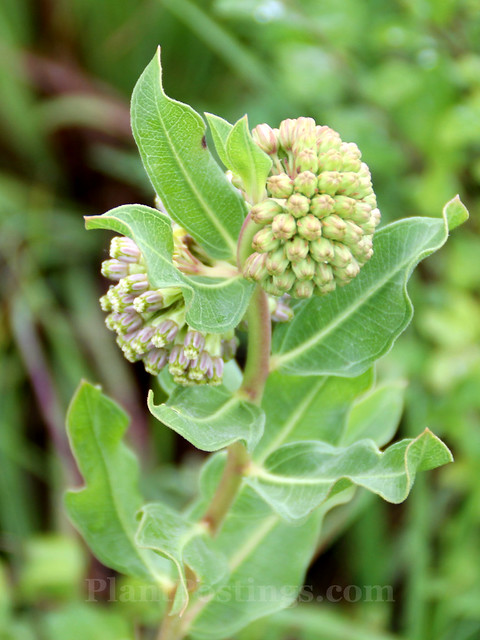 |
| Green Milkweed (Asclepias viridis) |
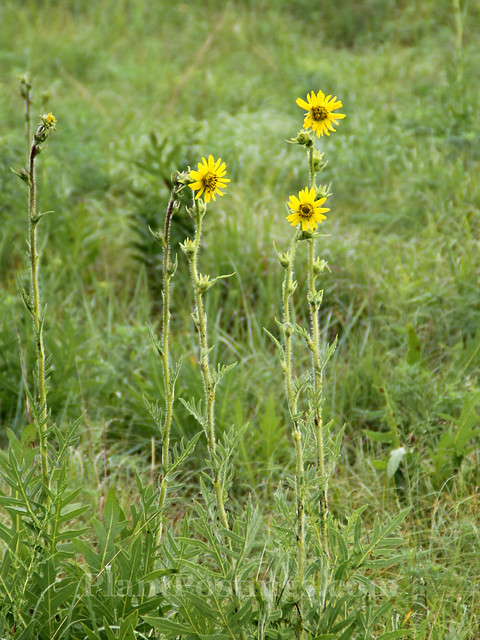 |
| Compass Plant (Silphium laciniatum) |
The plants were awesome, but the views were mesmerizing--prairie as far as the eye could see. The day was misty, which created an air of mystery to the landscape. If you click on the next photos, you'll get a better idea of the expansive landscape at the Tallgrass Prairie National Preserve--definitely worth a side trip next time you're traveling through Kansas.

